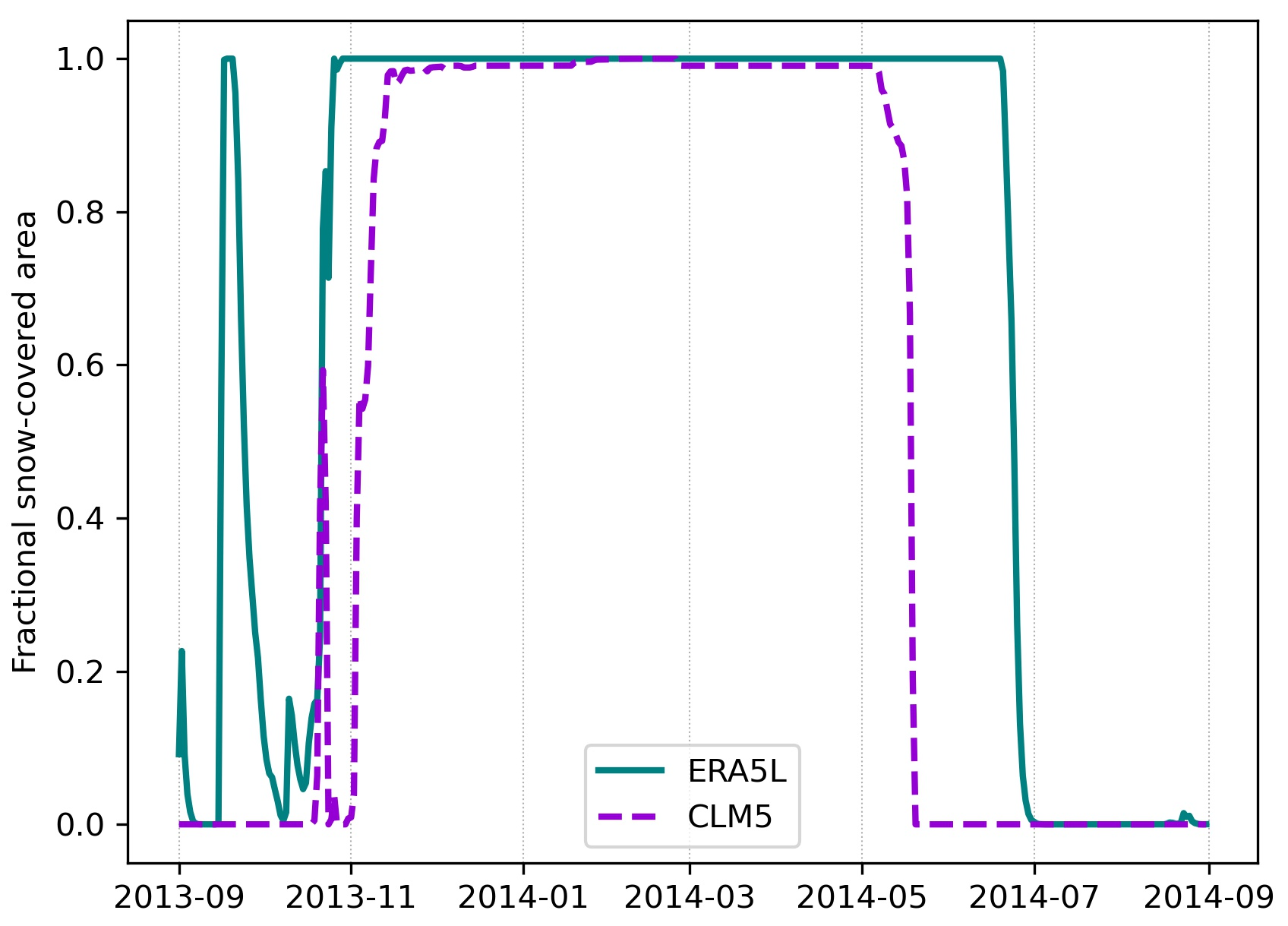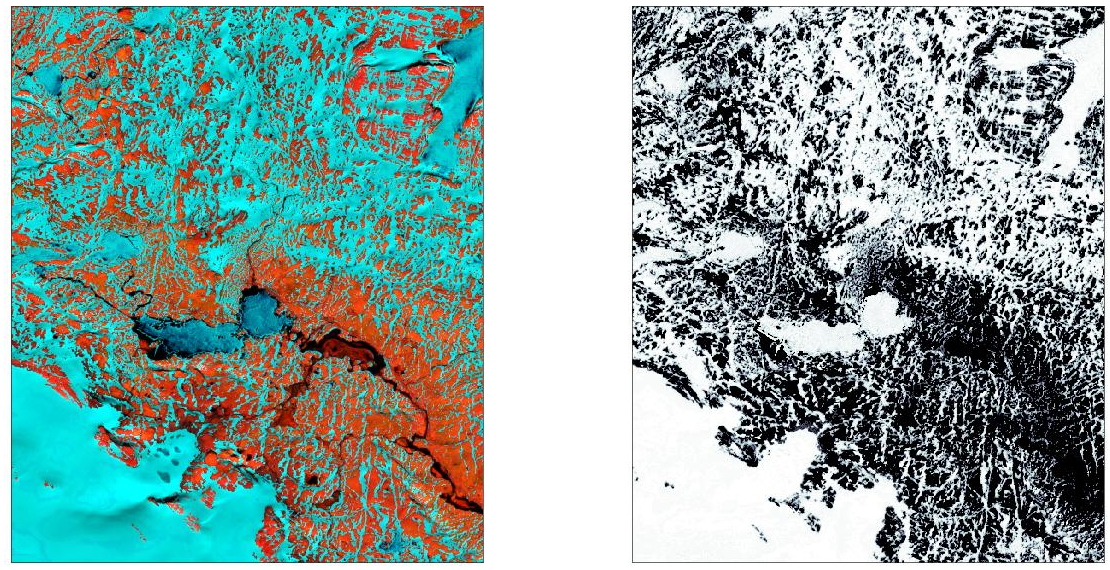The LATICE-MIP snow group takes into account existing MIP studies for cold environments including an ongoing snow model intercomparison called ESM-SnowMIP (Krinner et al., 2018) which is part of the Land Surface, Snow and Soil Moisture Model Intercomparison Project (LS3MIP). We are planning to design our new experiments in parallel to the ESM-SnowMIP protocol. Initially, we aim to perform site-level comparisons in cold environments in Norway. Currently, eight sites provide flux tower and surface data representing the latitudinal gradient between 60° and 78° N in Norway including the high-arctic Svalbard archipelago.
The representation of subgrid snow heterogeneity and its physical properties (depth, density, albedo, etc.), are in addition to correct threshold temperatures for snow/rain partitioning and melt, a major source of uncertainty in the snow modules of land surface schemes. Moreover, the meteorological forcing needed to drive the snow modules are a significant source of uncertainty (Raleigh et al., 2015). High resolution spatial and temporal observations are essential to address these uncertainties and to evaluate overall model performance in tundra environments.

We are currently developing our methodology and collecting different data sets for the LATICE-MIP sites. As the benchmarking modeIing tool, we employ the Community Land Model version 5 (CLM5). Several simulations are conducted to investigate model sensitivity to the choice of snow depletion curve (fSCA), atmospheric forcing, precipitation phase partitioning (snow/rain), and snow albedo. To address the model structural, parametric, forcing, and observation uncertainties, we are using a new snow data assimilation tool called the Multiple Snow Data Assimilation System (MuSA, Alonso-González & Aalstad et al., 2022). In addition to our field measurements, we are integrating reanalyses (Fig.1), camera images, and drone and satellite information (Fig.2) in our experiments over our testbed site, namely the Finse EcHO, (Pirk et al., 2023). Once we complete this preparation step (Phase I), our team will invite other land surface groups from the international scientific community in order to join the LATICE-MIP snow effort (Phase II).

Contact person: Yeliz Yilmaz (UiO)
References
Alonso-González, E., Aalstad, K., Baba, M. W., Revuelto, J., López-Moreno, J. I., Fiddes, J., Essery, R., and Gascoin, S.: The Multiple Snow Data Assimilation System (MuSA v1.0), Geosci. Model Dev., 15, 9127–9155, https://doi.org/10.5194/gmd-15-9127-2022, 2022.
Krinner, G., C. Derksen, R. Essery, et al., 2018. ESM-SnowMIP: assessing snow models and quantifying snow-related climate feedbacks, Geosci. Model Dev., 11, 5027-5049, DOI:10.5194/gmd-11-5027-2018.
Pirk, N., Aalstad, K., Yilmaz, Y. A., Vatne, A., Popp, A. L., Horvath, P., Bryn, A., Vollsnes, A. V., Westermann, S., Berntsen, T. K., Stordal, F., and Tallaksen, L. M.: Snow-vegetation-atmosphere interactions in alpine tundra, Biogeosciences Discuss. [preprint], https://doi.org/10.5194/bg-2023-21, in review, 2023.
Raleigh, M. S., Lundquist, J. D., and Clark, M. P., 2015, Exploring the impact of forcing error characteristics on physically based snow simulations within a global sensitivity analysis framework, Hydrol. Earth Syst. Sci., 19, 3153-3179, DOI:10.5194/hess-19-3153-2015.